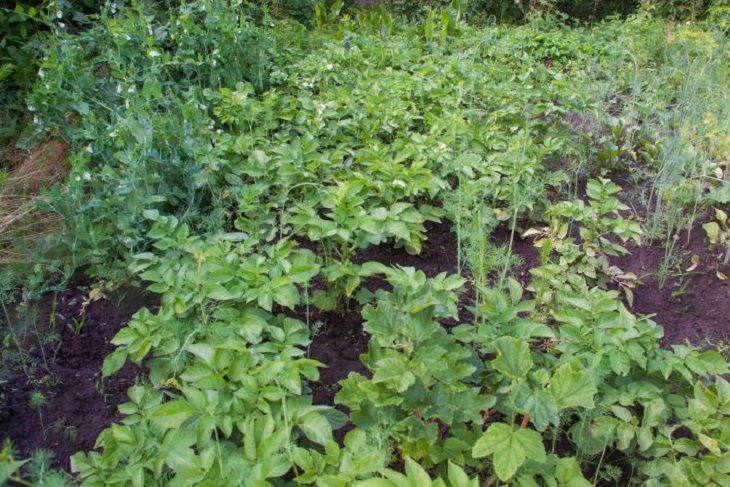Is it possible to hill potatoes in hot weather: important tips for gardeners
Summer brings not only the joy of warm days, but also a lot of trouble for gardeners.
One of these concerns is the question: is it possible to hill potatoes in hot weather?
It is important to understand how heat affects the hilling process and how to minimize risks for plants, informs Anastasia Kovrizhnykh , an expert of the online publication BelNovosti, an agronomist and landscape designer.
The Effect of Heat on Potatoes
Hot weather has a significant impact on the growth and development of potatoes.
High temperatures can cause the soil to dry out, which in turn affects the root system of plants.

Under such conditions, potatoes experience stress, which reduces their resistance to diseases and pests.
Hilling in hot weather can make this problem worse if certain factors are not taken into account.
The importance of the right time for hilling
Correct timing for hilling potatoes in hot weather is critical.
It is recommended to carry out this procedure early in the morning or late in the evening when the air temperature drops.
This reduces the risk of plant damage due to high daytime temperatures.
It is important to monitor weather conditions and choose the best times for hilling.
Soil preparation
Before hilling, it is necessary to properly prepare the soil. In hot weather, the soil often dries out, so it is recommended to water the plants well before the procedure.
This will help reduce stress on the root system and improve conditions for hilling.
In addition, moist soil is easier to work, which simplifies the process.
Hilling technique
The technique of hilling in hot weather has its own characteristics. It is important not to damage the stems and roots of plants, so hilling should be soft and careful.
Using a cultivator or a walk-behind tractor will help minimize the physical impact on plants.
You need to make sure that the soil covers the lower parts of the stems, but does not completely cover them.
Watering after hilling
After hilling, potatoes need additional watering. In hot weather, this is especially important, as the soil quickly loses moisture.
Watering helps maintain optimal humidity levels and keeps plants healthy.
It is recommended to water potatoes early in the morning or late in the evening to avoid moisture evaporation during the day.
Mulching as an alternative
Instead of traditional hilling, mulching can be used in hot weather. This method allows you to retain moisture in the soil and protect the root system from overheating.
For mulching you can use straw, hay or special agrotextiles.
Mulch also helps reduce weed growth, making it easier to care for your potatoes.
Taking into account weather conditions
It is necessary to take into account not only heat, but also other weather conditions.
It is important to monitor the weather forecast and avoid hilling before expected rain or strong winds.
These factors can degrade soil conditions and cause damage to plants.
Understanding weather conditions will help you choose the best time for all gardening tasks.
Plant Health
Maintaining plant health plays a key role in their resilience to stressful conditions.
Regular fertilization and pest control will help strengthen the potatoes.
It is important to monitor the condition of plants and promptly respond to any signs of disease or damage.
Maintaining soil moisture
In hot weather, it is especially important to maintain adequate soil moisture.
In addition to regular watering and mulching, you can use drip irrigation.
This method allows for an even distribution of water and reduces its loss through evaporation.
Well-moistened soil promotes healthy growth and development of potatoes.
Earlier, a mistake was named that could deprive a summer resident of his entire tomato harvest.
